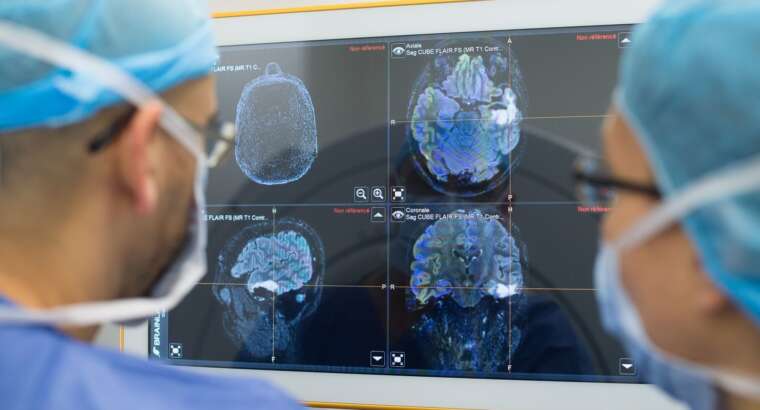Brain Surgery a medical procedure is utilized to treat various circumstances, for example, cancers, blood clumps, aneurysms, epilepsy, and Parkinson’s sickness. It is performed by a neurosurgeon and includes a doctor or anesthesiologist with broad information on the sorts of sedation, checking, and post-usable consideration expected for these delicate tasks. At times, this doctor anesthesiologist will be a neuroanesthesiologist who has gotten progressed clinical preparation in sedation for mind and spinal medical procedures.
Types of brain surgery
Craniotomy – A piece of the skull is removed to give specialists admittance to the mind to eliminate a cerebrum growth, strange tissue, blood, or blood clusters; ease tension after a physical issue or stroke; fix a mind aneurysm or skull breaks, or treat other cerebrum conditions. The piece of the skull is set up back after a medical procedure.
Biopsy – Biopsies are ordinarily finished after imaging has identified an expected irregularity. The specialist makes an entry point in the skull or supplements a needle to eliminate synapses or tissue for assessment by a pathologist.
Deep brain stimulation (DBS) – A battery-worked clinical gadget called an implantable heartbeat generator is embedded to convey electrical excitement to explicit regions in the mind. DBS is generally usually utilized for development problems like Parkinson’s infection.
Neuroendoscopy – This minimally invasive technique includes threading a thin tube called an endoscope through the mouth, nose, or little entry points in the skull to access or eliminate cerebrum tissue. The endoscope has a light and camera on the end, and the medical procedure is performed with devices set through the endoscope. Endoscopic transsphenoidal medical procedure (additionally called endoscopic pituitary medical procedure) is one kind of neuroendoscopy. It includes stringing the endoscope through the nose to eliminate cerebrum cancers and sores close to the pituitary organ, simply behind the extension of the nose.
Posterior fossa decompression – This treatment includes parts of the mind called the cerebellum and brainstem. For instance, to treat a Chiari deformity, the specialist cuts at the rear of the patient’s head to eliminate a little part of the bone at the lower part of the skull. This evacuation makes more space for the cerebellum and eases the strain on the spinal line.
Thrombectomy and cerebral aneurysm repair – The specialist guides surgical instruments, for example, a catheter or meager metal wires through a huge vein in the patient’s crotch to arrive at the mind vessels, utilizing contrast color to recognize the risky vein without opening up the skull. The strategy is most normally utilized on patients with blood coagulation in a mind supply route, a cerebral aneurysm (a debilitated and protruding region in a corridor wall), or a cracked aneurysm that causes seeping into the cerebrum.
Some brain cancer patients are treated with stereotactic radiosurgery, which might incorporate the utilization of a Gamma Knife, however, this isn’t a medical procedure in the normal comprehension of the term, and the “blade” isn’t a blade. Radiosurgery is an outer radiation therapy that doesn’t include a cut. Unique gear, similar to the brand-name Gamma Knife, exactly conveys a high portion of the radiation that objectives growths or different sores, limiting harm to encompassing solid tissue.


